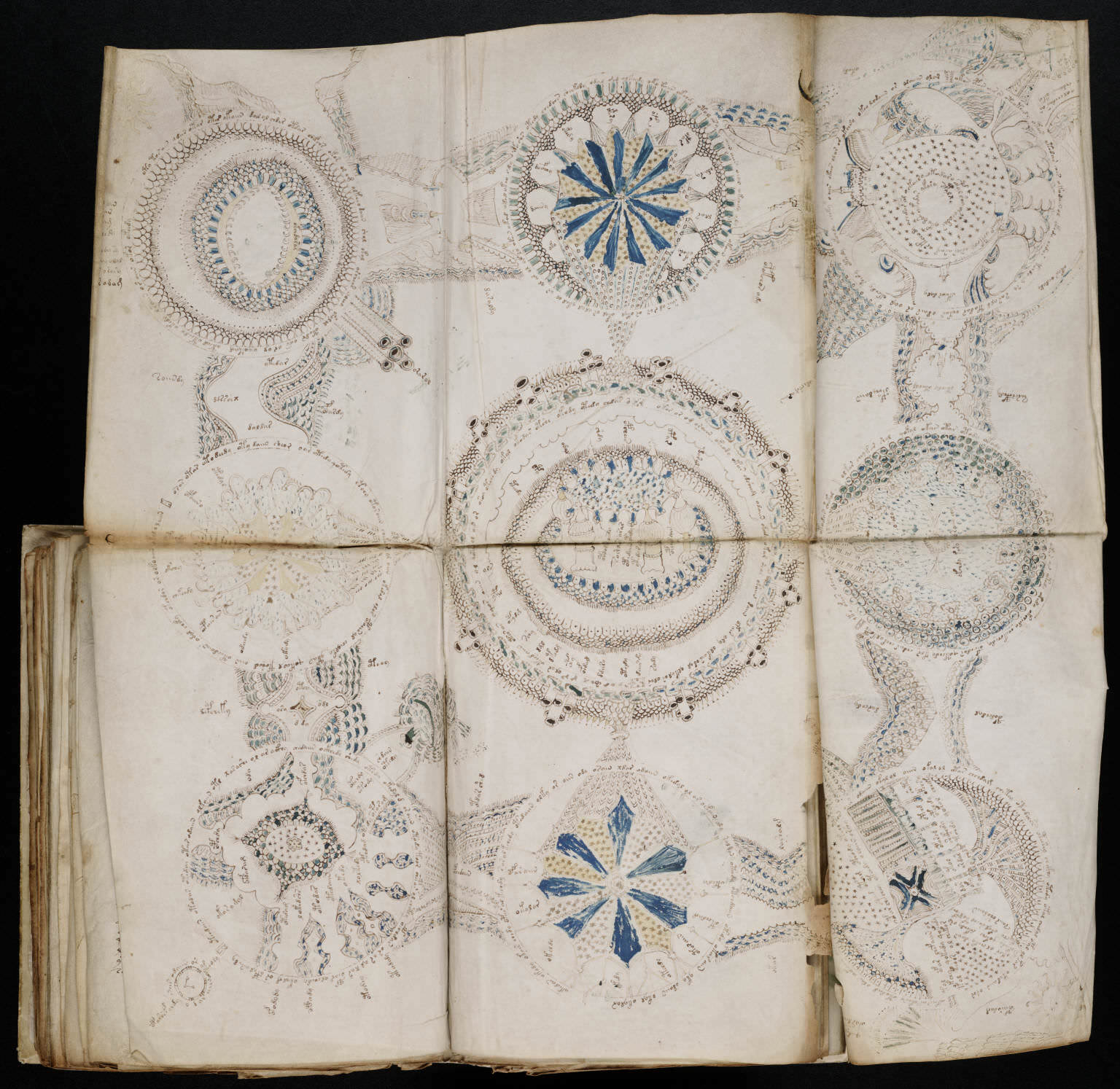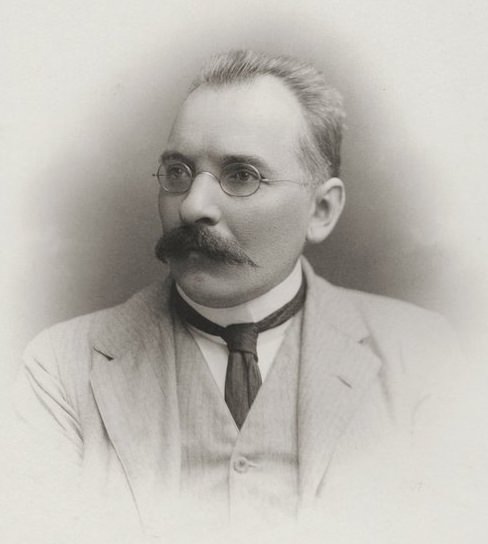Entertainment
Unveiling the Enigma: The Mysterious Voynich Manuscript
By Matt De Vlieger · June 27, 2023
In brief…
- The Voynich Manuscript is a real medieval artifact named after Wilfrid Voynich, who acquired it in 1912.
- The manuscript contains an indecipherable script and enigmatic illustrations that have puzzled researchers for centuries.
- Various theories have been proposed to decode the manuscript, including alchemical or medical texts, secret codes, and hoaxes.
- Modern technology has been employed in recent years to further investigate the manuscript, but its secrets remain elusive.

Introduction
In the world of enigmatic artifacts, one stands out as a riddle that has puzzled historians, cryptographers, and linguists for centuries. The Voynich Manuscript, named after its discoverer Wilfrid Voynich, is a beautifully illustrated medieval book filled with an indecipherable script and enigmatic illustrations. This obscure artifact has intrigued researchers for decades, with its secrets still waiting to be unveiled. Join us on a journey into the captivating world of the Voynich Manuscript, as we explore its origins, the perplexing script, and the numerous theories that surround this extraordinary enigma.

The Voynich Manuscript, believed to have been written in the early 15th century, is a small book consisting of approximately 240 vellum pages. It is named after Wilfrid Voynich, a Polish book dealer who acquired the manuscript in 1912. However, its true origins and author remain unknown, shrouding the manuscript in an aura of mystery.
The most puzzling aspect of the Voynich Manuscript is its unique script, which has defied all attempts at decipherment. The text is written from left to right, with characters composed of intricate loops, curves, and dots. The script is divided into distinct groups, resembling words or phrases, but the meaning behind these formations remains a tantalizing enigma.
Accompanying the script are a series of elaborate illustrations that further bewilder researchers. The images depict unidentified plants, astronomical diagrams, intricate biological drawings, and enigmatic bathing scenes. Despite extensive analysis, no consensus has been reached regarding the purpose or symbolism of these illustrations.
Over the years, numerous theories have emerged in an attempt to decode the Voynich Manuscript. Some speculate that it is an alchemical or medical text, while others propose it to be a secret code or even an elaborate hoax. Linguists, mathematicians, and historians have all attempted to crack the code, yet the manuscript’s secrets remain stubbornly guarded.
Several notable individuals have tried their hand at deciphering the Voynich Manuscript. One such person was William R. Newbold, who in 1921 proposed that the text contained a complex cipher that revealed hidden meanings. However, his interpretation was later debunked. Another attempt was made by the renowned codebreaker and mathematician, Elizebeth Friedman, in the 1940s, but her efforts ultimately proved unsuccessful.
In recent years, technology has offered new avenues for investigating the Voynich Manuscript. High-resolution imaging techniques and computational analyses have allowed researchers to delve deeper into its secrets. Some modern theories suggest that the manuscript may be an example of an invented language or an encrypted text.
The Voynich Manuscript continues to captivate the imagination of scholars and enthusiasts alike. Its mysterious origins, cryptic script, and enigmatic illustrations make it an enduring enigma. As technology advances and new insights are gained, we can only hope that one day the secrets of this ancient manuscript will be revealed, finally shedding light on a centuries-old mystery that has fascinated generations of curious minds.